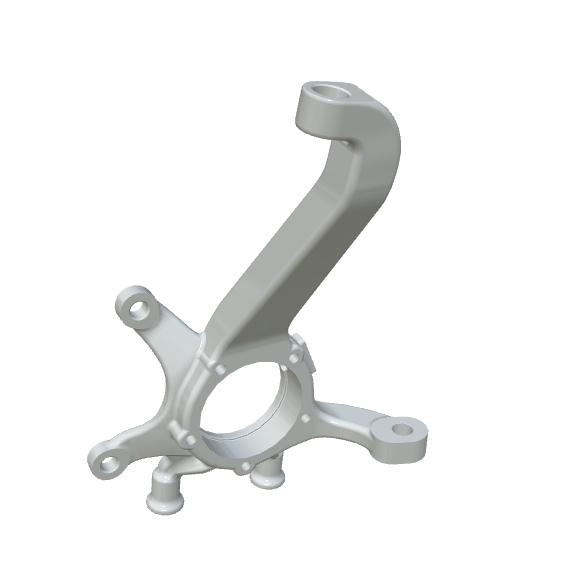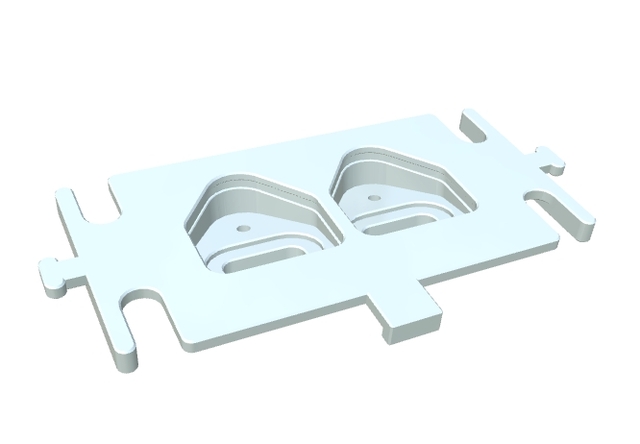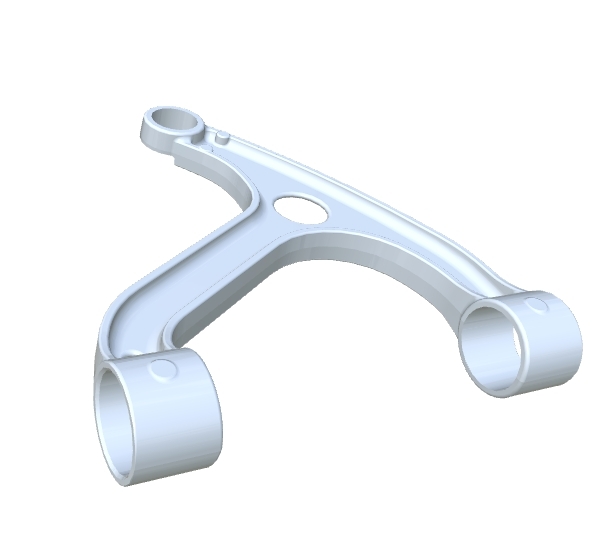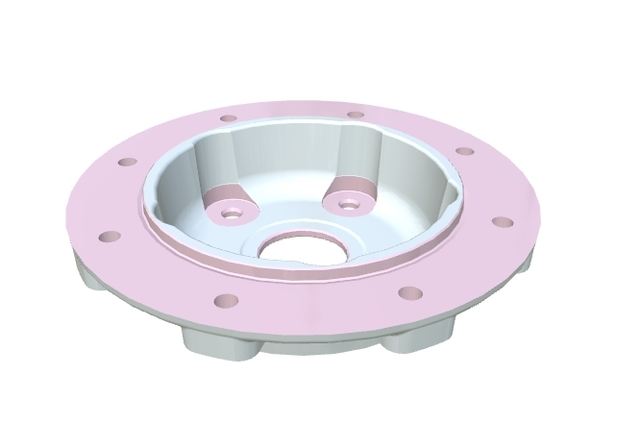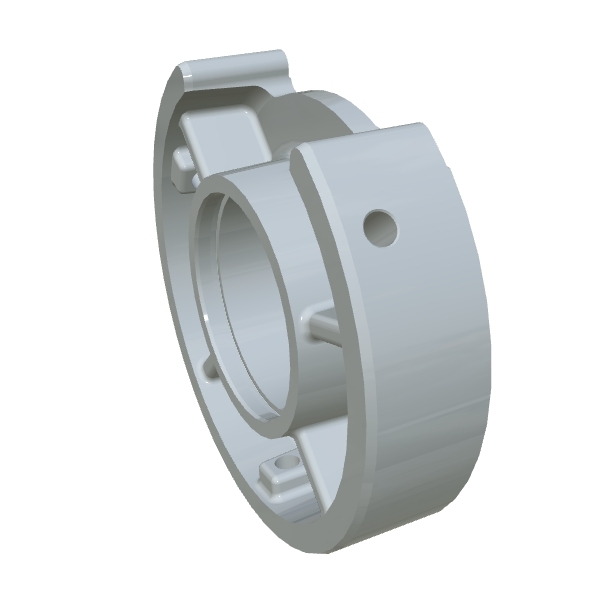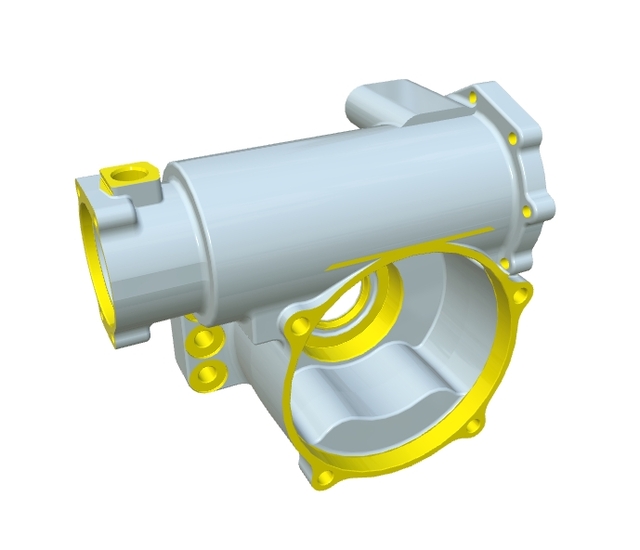Metal casting techniques represent a cornerstone in the field of manufacturing, enabling the creation of complex parts with precision and reliability. These methods have evolved over time, refining the art of transforming molten metal into elaborate shapes and structures through various casting molds. Among the popular techniques are investment casting, die casting, sand casting, and the processes that distinguish between casting ferrous and non-ferrous metals.
Investment casting, often revered for its ability to produce intricate components with a high degree of accuracy, is widely utilized in producing components for the aerospace, automotive, and industrial machinery sectors. This method leverages a wax model to create a mold, which is then filled with molten metal. The state-of-the-art gearbox housing, an excellent example of a component created through precision investment casting, benefits from this technique to achieve a flawless gray finish with eye-catching yellow highlights.
Die casting, another key player in metal casting techniques, involves forcing molten metal under high pressure into a mold cavity. This technique is vital in creating components that require strength and durability, such as the innovative gearbox housing. Its robust design is enhanced by the superior metal casting process, allowing seamless integration into mechanical systems. With its advanced shape facilitating efficient heat dissipation and reduced vibration, the component sustains smoother gear transitions and extends the life of the gearbox in tough environments.
Sand casting, a method known for its versatility and efficiency in producing metal parts of varying sizes, also plays a significant role in manufacturing. It involves creating a mold from sand that can withstand high temperatures and is used for casting metals like aluminum. This flexibility is evident in the design of high-performance equipment, where aluminum casting is particularly favored for its lightweight properties.
The selection of specific metal casting techniques, such as those used in crafting the gearbox housing, hinges on the requirements for strength, detail, and the composition of the metal being cast. Whether dealing with ferrous metals, known for their strength, or non-ferrous metals, heralded for their resistance to corrosion and electrical conductivity, each technique offers distinct advantages. Advancements in metal casting processes continue to bolster the development of machinery that is as aesthetically pleasing as it is functional.
With the integration of innovative designs in products like the gearbox housing, industries can achieve a harmonious blend of technology and artistry. Such components not only meet but exceed the demands of modern mechanical systems, making them indispensable in the quest to enhance machine performance. The gearbox housing exemplifies how metal casting techniques can be harnessed to create products that are both robust and elegantly designed, setting a new standard in engineering excellence.
Exploring Advanced Metal Casting Techniques for Precision Engineering
Get Latest Price >
| Label | Value |
|---|---|
| Brand | LS Custom Parts Manufacturers |
| Customization Service | Metal Casting, Sand Casting, Low Pressure Casting, High Pressure Casting, Investment Casting |
| Drawing format | 2D/(PDF/CAD)、3D(IGES/STEP/GLB) |
| Material Capabilities | Aluminum、Brass、Bronze、Copper、Hardened Metals、Precious Metals、Stainless Steel、Alloys、TPR |
| Sample | Free |
| Supply Ability | 100000 Pieces Per Day |
| Surface Finish | Customized Finishing |
| Thickness | Customized Thickness |
| Type | Broaching/Drilling/Etching / Chemical Machining/Laser Machining/Milling/Turning/Wire EDM/Rapid Prototyping/Other Machining Services |
| Services | CNC Machining,Metal Casting,Injection Molding,Sheet Metal Fabrication,Rapid Prototyping,3D Printing |
Find Similar Products
Contact
Ready to start your next project with LS Manufacturing?
Contact us today to learn more about our services and how we can help you achieve your goals.
 LS Hardware Tech Co., Ltd
LS Hardware Tech Co., LtdRapid lead times starting from just 1 business day.
ISO 9001,ISO 14001,IATF 16949 and AS9100D Certification.
Over 100 materials available, with 50+ surface finish options.
Cost-effective mass production.
Order as low as 1 piece.
People who viewed this also viewed
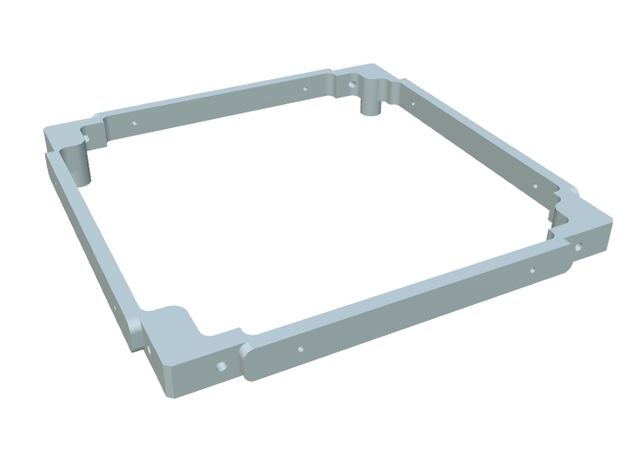
Precision in Motion: A Guide to Custom Gear Systems and Their Machined Housings
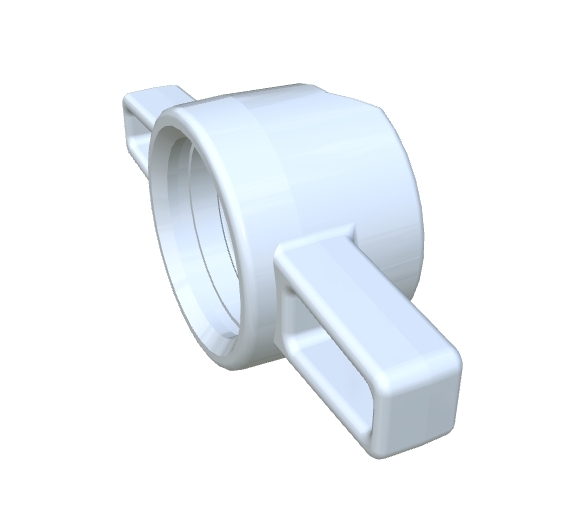
Exploring Metal Casting Techniques for CNC Precision
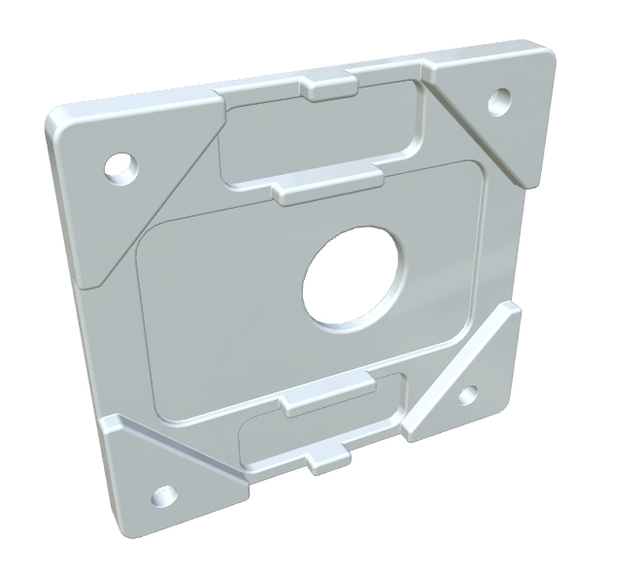
Investment Casting Benefits: Unlocking Precision & Durability
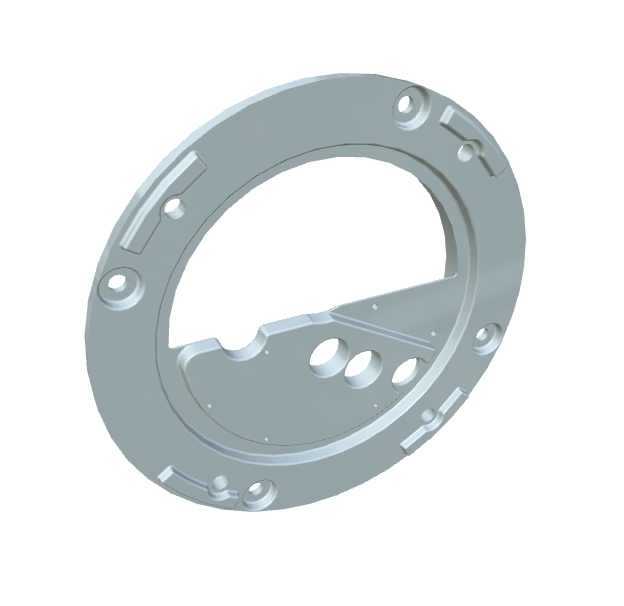
Investment Casting Process for Precision Engineering

Understanding the Investment Casting Process: Techniques and Benefits
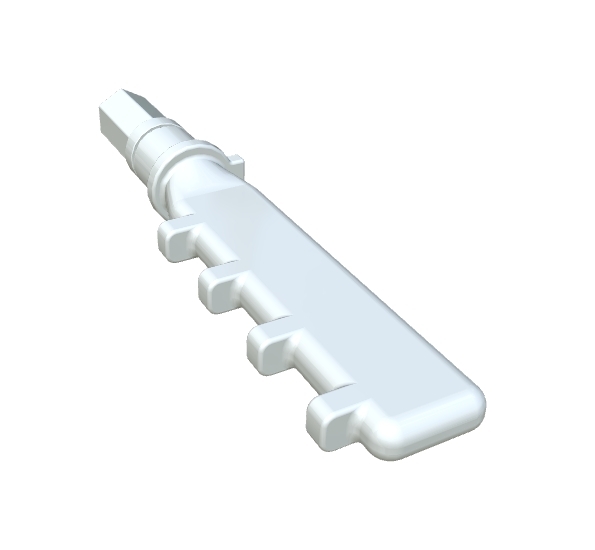
Investment Casting: Techniques and Modern Applications
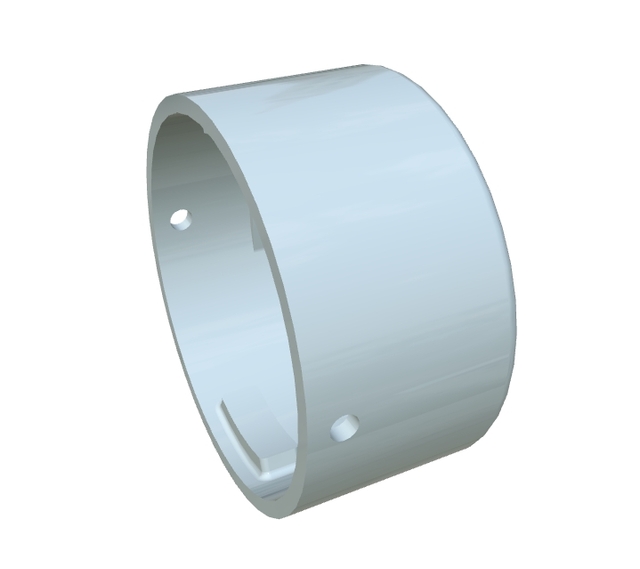
The Investment Casting Process: Precision & Advantage
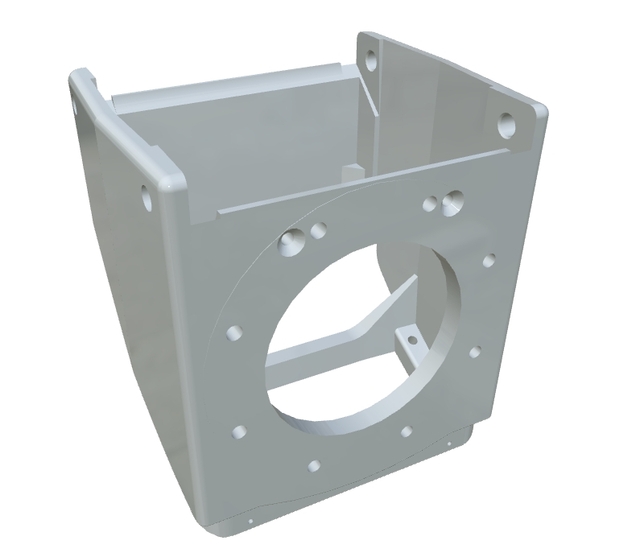
Investment Casting Process: Precision & Advantages
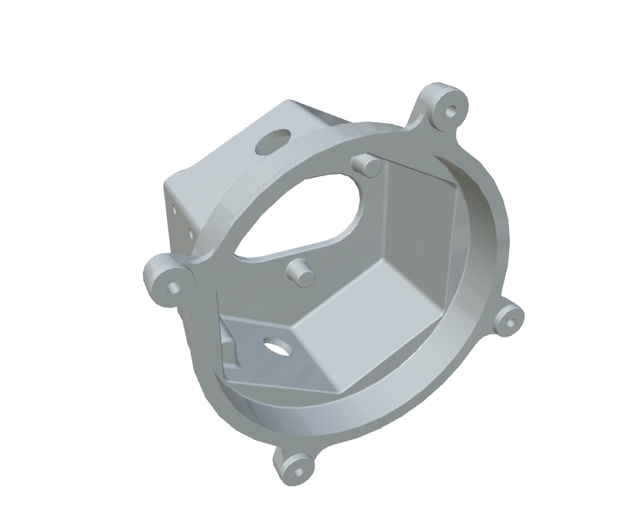
Understanding the Investment Casting Process and Its Advantages
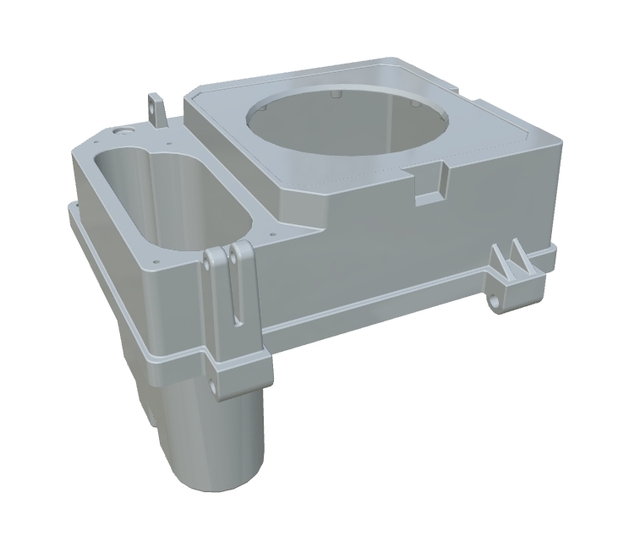
Investment Casting Manufacturers: Precision & Innovation
